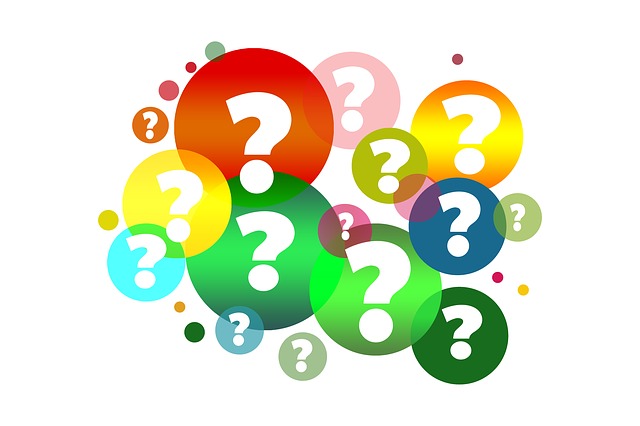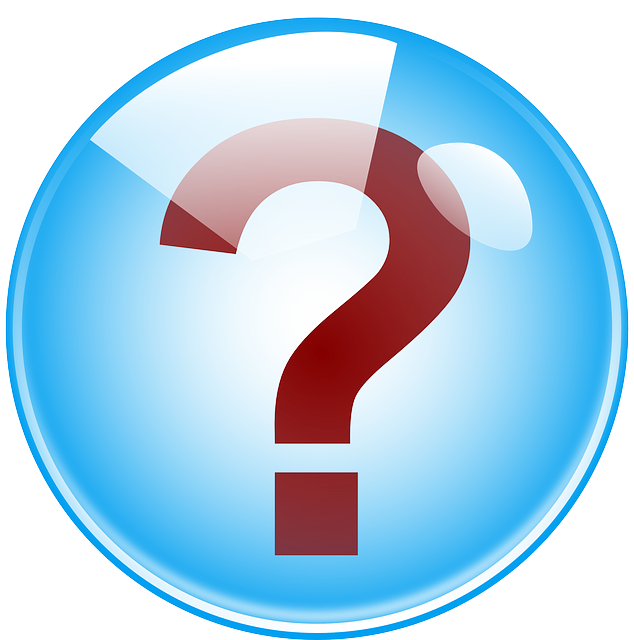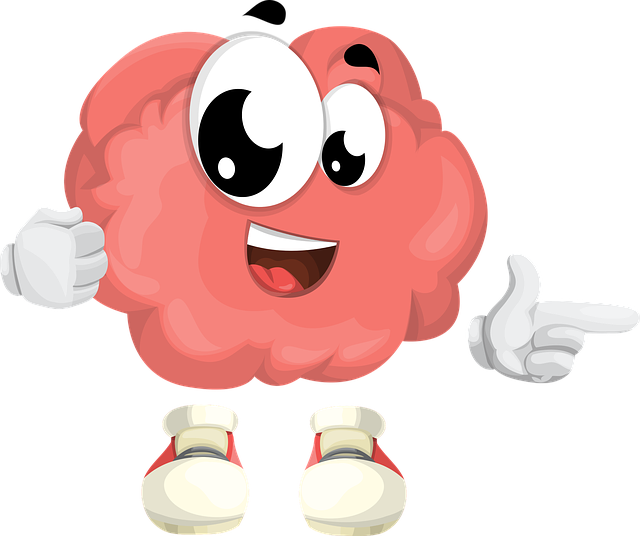JROTC and ROTC programs designed to train future U.S. Military officers at middle schools, high schools, and universities across the United States. Some students join JROTC or ROTC because they want a career in the military, while others are more curious about how the program can help them pay for college.
It turns out that there’s a lot to learn about the benefits and requirements of ROTC programs! That’s why we’ve put together a complete guide to JROTC and ROTC.
By the end of this article, you’ll have a great understanding of JROTC and ROTC programs and whether they’re a good option for you. We’ll also answer frequently asked questions, like:
- What is ROTC?
- How are JROTC and ROTC different?
- Who is a good fit for JROTC and ROTC?
- Are there different types of JROTC and ROTC programs?
- What are the pros and cons of joining JROTC and ROTC?
Now let’s get started!
























